Quilt Batting can make you … batty!
Mama Lisa on Quilt Batting
Oh, the choices! Quilt batting also called wadding has come a long way in the last 20 years with so many choices and features. This post will try to help sort out some of the terms and key items to keep in mind when making your selection.
A quilt is a three-layered textile with a backing, a middle and a top layer of material and then stitched or tied together. The middle layer is referred to as batting or wadding and can be made of a variety of fibers. There are different weights or lofts, and with or without scrim. Let’s tackle some terms first.
Quilt Batting Terminology
Scrim: This is a grid of synthetic fibers that the natural fiber is anchored to and that helps the batting from pulling apart when handling or distorting when washed. When using this batting, the scrim allows for the quilting stitches to be farther apart.
Loft or Weight: This is simply the thickness or fluffiness of the batting. Higher loft battings are typically synthetic fibers. They are fluffier and provide greater definition in the quilting. Low loft batting is thinner and lighter weight. This kind is most commonly used in quilting.
Needle Punched: This is a process used in making the batting where small needles punch through the layers of fibers compressing them into a more stable, dense product. This can make the batting firmer with less drape and is generally not recommended for hand quilting.
Bonded: The fibers in the batting are held together with starch, glue type products or heat rather than Scrim to provide stability and allowing for less quilting. Some will be water-soluble which soften and loosen when washed.
Quilting Density or Intervals: Manufacturers typically provide a recommended distance between the quilting stitches or ties with their batting products. This is often called density or intervals. This interval ensures there is sufficient stitching to hold the batting in place and avoids shifting or bunching when washed.
Bearding: When quilting, particularly by machine, the fibers of the batting push through the needle wholes and can appear on the front or back of the quilt.
Fusible: Adhesive product is applied to the outer layers of the batting that activates when ironed between the top and backing of your quilt. This eliminates the need for spray or pin basting. This can not be used for longarm quilting.
Fibers and Blends
There is a variety of battings available with different fibers, characteristics and price points. There are natural fibers like cotton, wool, silk, bamboo, soy, and alpaca. Synthetic fibers are like polyester, rayon and recycled plastic. Blends are some combination of both natural and synthetic fibers. All natural fibers will shrink to some degree causing the wrinkled appearance, which some love and others not so much. (I love it!) They also are known to “breath” which just means the flow of air moves through the fibers and doesn’t trap moisture. Synthetic fibers don’t shrink at all. Blends reduce the shrinkage of the natural fiber as it is stabilized into the synthetic/polyester fibers.
Wool is high on the warmth scale, provides great definition in quilting, and is typically higher cost. Often, machine quilters will use double batting with a cotton or blend as the base and then wool over the cotton. This provides great warmth; higher loft and the quilting puffs out more and is more noticeable.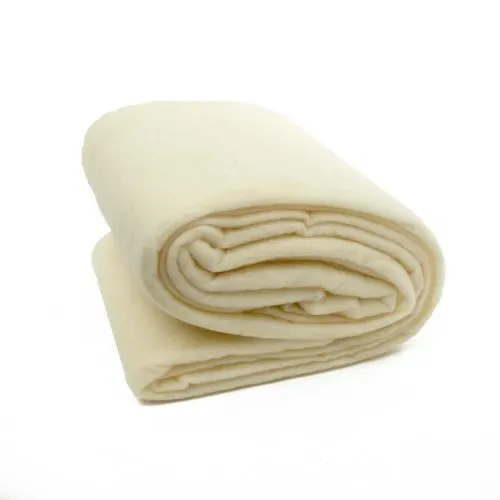
Cotton is lowest on the warmth scale, will need to be quilted closer together, typically shrinks 2-3%, and costs are lower than wool. 100% cotton batting with no scrim, needle punch or bonding makes a soft, draping quilt. Keep in mind this batting needs to be handled gently when smoothing and sandwiching your quilt as the fibers can pull apart.
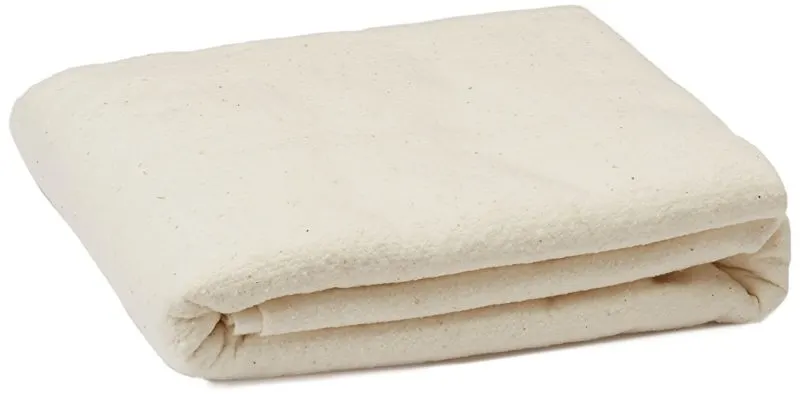
Bamboo is amazingly soft and luxurious and comes in various lofts and blends. It is typically higher cost and not as readily available except online. It may need to be quilted closer together as they typically don’t have a scrim, bond or resin.
Cotton/Polyester blends come in a variety of ratios, use different types of polyester, are available in different lofts. This batting is readily available and typically lower in cost. All blends that I’ve seen use some type of scrim, bond or resin to integrate and hold the fibers together. They typically require less quilting and have less shrinkage.
Polyester/Man-made fibers are in the middle on the warmth scale. This batting doesn’t breath, are durable, available in a variety of lofts, do not shrink, can be quilted further apart. They are typically on the lower end of costs. There are also flame retardant and eco-friendly options.
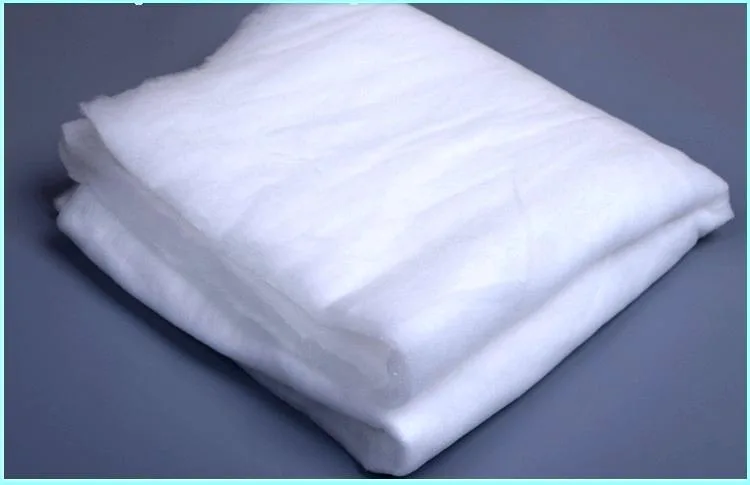
Most batting is a natural or pale beige type color. This works well for most quilts however when there is a lot of bright white or lighter colors the natural can cause those colors in the quilt to appear dull. Additionally, you may want to be aware that the dark brown speckles in some brands are bits of the husk that have been left in the fiber rather than fully cleaned and card combed. Over time those bits could cause a quilt to deteriorate. Brighter white batting is available that is bleached so that the whiter/brighter colors maintain their true colors. Black batting is also available and can enrich darker fabrics but is limited in use since the whole quilt needs to be dark.
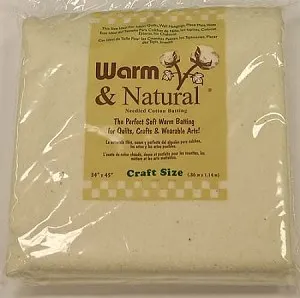
How to Choose the Right Quilt Batting
Here are some questions to ask yourself when choosing a batting.
- What is the purpose of the quilt? Is it decorative, utilitarian or heirloom? – helps determine the loft needed, stiffness/drape, amount of stitching and quality needed.
- What is the climate/environment where it will be used? – helps determine what warmth level, loft needed, and weight.
- Hand quilting or machine quilting? – helps determine fiber content and loft.
- How do you want the quilt to look? – flat, crinkly or puffy? – helps determine fiber content and loft.
- What is the budget? – helps determine the best choice for the best price. – for quilts that will be used, given as gifts or for charity – use the best batting you can afford that meets the criteria you need.
Mama Lisa’s words of wisdom…
I used Warm & Natural for years because it was easily available and lower cost and my quilts turned out fine or so I thought. I also tried some Pellon, Hobbs, Mountain Mist, and Fairfield all with fair results and I still have some in my stash. But after working with Quilter’s Dream products, I will always use their products first before any of the other brands. The difference in the finished quilt was so much nicer! I am not affiliated with the company in any way, I just found their batting to be better than anything else I’ve used. Their products cost more.. they just do and there is rarely any way to find them at a discount.
If I am going to use the quilt or give it someone who is going to use it and I want that level of quality, then I’ll use Quilter’s Dream every time. I want the money I spend on the fabric to be partnered with good quality batting and backing.
So think through the questions and then buy the best quality quilt batting you can afford and that fits the need of the project.
From my quilting heart to yours!
Mama Lisa…
Want more quilting info from Mama Lisa? Check out her piecing tips!
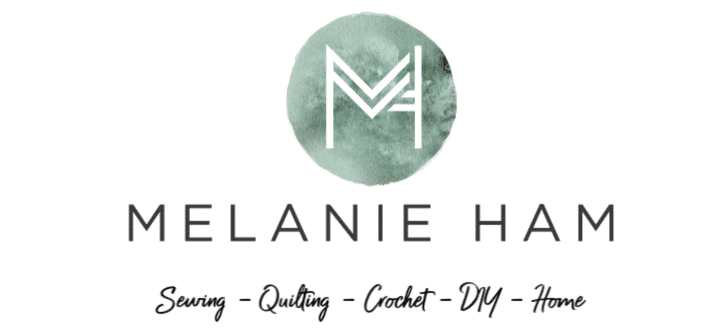
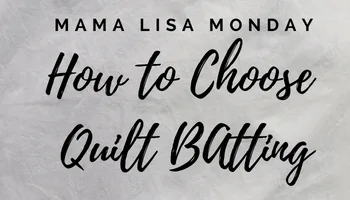
April Baker
Monday 2nd of July 2018
I use quilters dream just about 99.9% of the time too! I love their products. Funny the reason I started using them was because they were the only company the shipped to my FPO while living in Japan. So there wasn't much of a choice for me, but now I am in love!
Than you for all the wonderful insight Mamma Lisa!